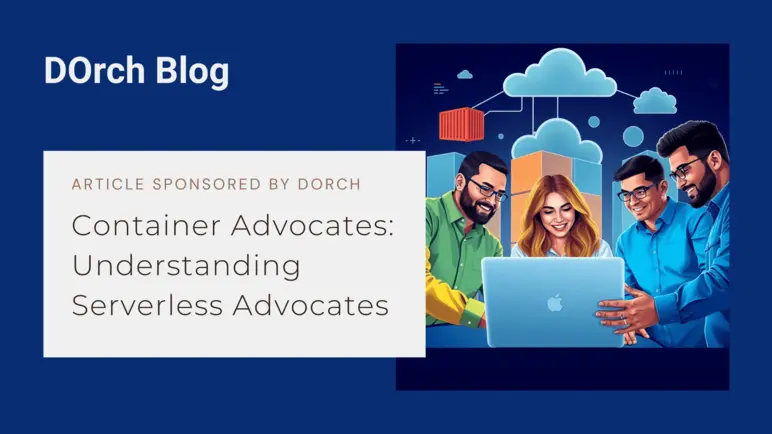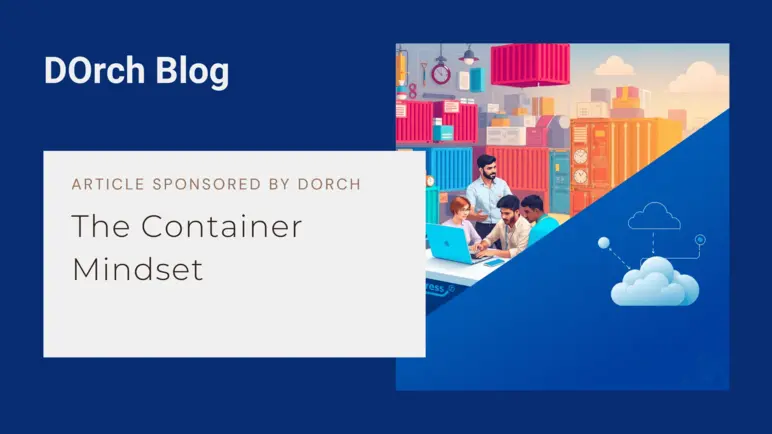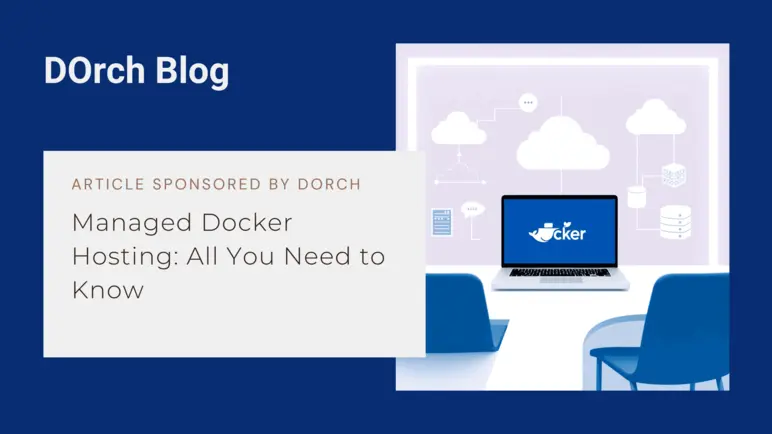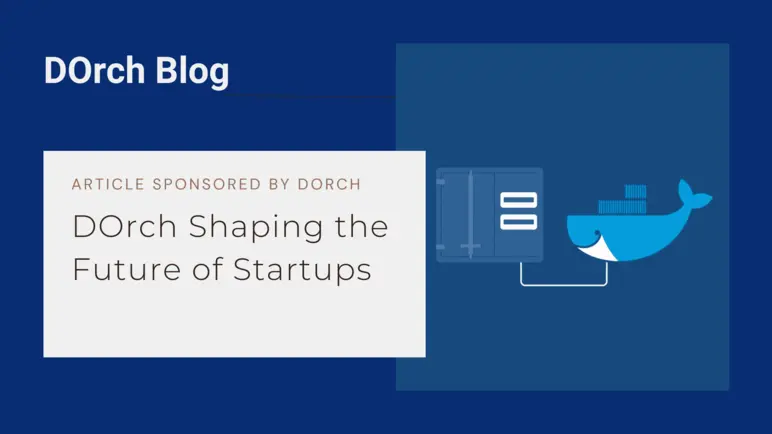Article Sponsored By: DOrch Starter
Host containers without setting up underlying Infrastructure. From as low as $1. DOrch Managed Cloud suits both small and large teams. Click here to learn more
Serverless vs Containers: What We Learned from Our Journey with DOrch Starter
Published: February 8, 2025: 1:05amIn January, we launched DOrch Starter, a platform that simplifies product operations management for small teams. We come from a background where containers are the standard units of deployment, and thus the user journey of DOrch Starter was streamlined according to this view. However, after launch, as we have tried to promote our product, we came across a slap in the face: solo engineers building web-facing products out there are building with serverless, not containers. Only a small fraction build with containers.
This was a surprising observation. Yes, we knew about serverless. But up to the point where we hit the market, we never realized how really skewed majority of solo developers are to the side of serverless. We believe in the long term, solid technologies win, because sooner or later, reality hits, and those on the wrong path eventually have to correct course. But still, we could not help but wonder, “Why are most solo developers skewed to the side of serverless in the first place?” The rest of this article would be dedicated to sharing further new insights on that.
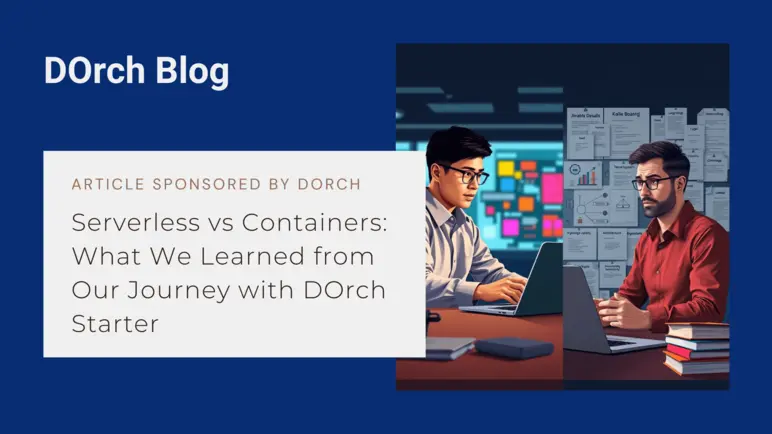
What we have come to uncover is that of all engineers who build solo products, majority are front-end-heavy engineers. Engineers who are back-end heavy, do not build as many solo products. And even for those of them who do, their projects are usually products that do not require having a web interface. So for a company like us aiming to build infrastructure for solo developers building web-facing products, we would be faced with a market filled with way more front-end-heavy engineers than back-end-heavy ones.
If we lived in a world where front-end engineers and back-end engineers are of the same species, this would not be a problem. But if our years of experience has taught us anything, values shared by these types are vastly different. Front-end-heavy engineers build with one value in mind: speed. Back-end-heavy engineers build with the following values in mind: reliability, architectural freedom, long-term focused strategic decisions.
The average front-end-heavy engineer just wants to get their product out there as fast as possible, even if it means cutting corners and not thinking much about the long-term consequences of their actions. And this is: (1) the realization some companies have came to; (2) why they build serverless-oriented infrastructure; and (3) why serverless-oriented infrastructure has been been able to garner customers. In summary, the mantra for front-end-heavy engineers is speed first, everything second.

On the other hand, the average back-end-heavy engineer is cautious. He has spent more of his time on the heavy lifting that goes on behind the scene of successful products. His experiences has come to shape him to value reliability, architectural freedom, and long-term focused strategic decisions. For him proven, standardized, open, mature, and accommodating technologies are the way to go, thus their preference for containers. In summary, the mantra for the average back-end-heavy engineer is long-term quality first, everything second.
Of course, our background is that of the back-end-heavy engineer. Our expertise lies in building robust products and the infrastructure that run them. Thus, we are biased in favor of the back-end-heavy engineer. But nonetheless, it has been interesting growing in understanding of the overall landscape.
We remain convinced that container technology would continue to be the backbone of robust products, even though serverless would have its own fair share of the market. People who want to build rapidly, knowing the dangers of cutting corners would continue to choose serverless. And people who have a preference for building with quality from “day 0”, would continue to choose “The Way of The Container”.
Old, boring, and established technologies don’t go away, they just never get seen until you try to build something robust.
 The DOrch Team
Alexander Ray Storms, Inc
The DOrch Team
Alexander Ray Storms, Inc
Host containers without setting up underlying Infrastructure. From as low as $1. DOrch Managed Cloud suits both small and large teams

